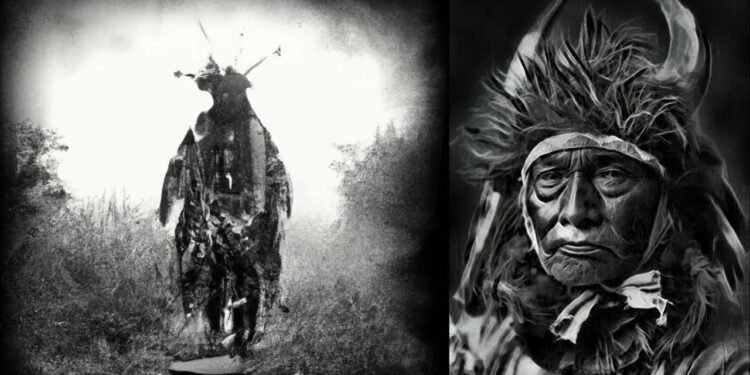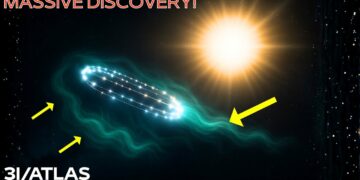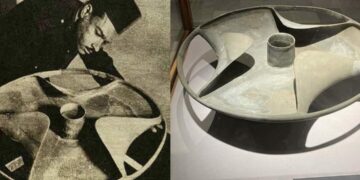Recent genetic analysis of Denisovan DNA reveals that Native Americans inherited their lip shape from Denisovans, an extinct sister species to Neanderthals. In 1980, a Buddhist monk discovered the right half of a fossilized hominid jawbone in a remote cave on the Tibetan Plateau. Analysis of ancient proteins extracted from this fossil confirmed it belonged to a Denisovan, marking the first Denisovan specimen found outside Siberia’s Denisova Cave. The name “Denisovans” derives from the cave, named after a Mr. Denisov, and their true self-designation remains unknown.
Denisovans, known from fragmentary fossils in Denisova Cave in the Altai Mountains, left a genomic legacy in Asian, Australian, and Melanesian populations, suggesting they were once widespread. The Tibetan mandible provides the only direct evidence of Denisovans outside the Altai. Though no DNA was preserved in the fossil, ancient proteins from a molar confirmed its Denisovan origin. A carbonate crust on the mandible, dated using U-series, indicates it is at least 160,000 years old, comparable to the oldest known Denisovan fossil, Denisova 2. This makes the mandible the earliest hominin fossil on the Tibetan Plateau, predating the region’s oldest Paleolithic sites by at least 120,000 years. Denisovan genetic contributions to modern Tibetans, Sherpas, and neighboring populations include a gene variant aiding high-altitude adaptation to hypoxia, showing Denisovans successfully inhabited the Tibetan Plateau long before modern Homo sapiens.
Researchers reconstructed Denisovan anatomy using chemical changes in their ancient DNA, comparing patterns among Denisovans, Neanderthals, and Homo sapiens. They identified differentially methylated genome regions and predicted their impact on anatomical features, such as femur length or jaw width, based on human disorders. Testing this method on Neanderthals and chimpanzees yielded 85% accuracy in predicting trait divergence. Applied to Denisovans, it produced the first anatomical profile, identifying 56 unique features, 34 in the skull. Denisovan skulls were likely wider than those of modern humans or Neanderthals, with shared Neanderthal traits like an elongated face and wide pelvis. The Tibetan jawbone matched these predictions, validating the method’s ability to reconstruct anatomy from minimal DNA, even for features not preserved in fossils.
Surprisingly, Denisovans crossed the Wallace Line, a major biogeographic barrier formed by a strong marine current east of Borneo, separating Eurasian and Australasian ecosystems. Genetic evidence of Denisovan interbreeding with modern Homo sapiens is found only in indigenous populations of Australia, New Guinea, and nearby regions, but not in mainland Asia, despite the Tibetan fossil. This suggests Denisovans navigated this barrier, challenging the notion that only modern humans had seafaring capabilities. The discovery of Homo floresiensis, the “hobbits,” further highlights the diversity of archaic humans in this region, indicating multiple distinct groups.
Genetic data suggests interbreeding involved male Denisovans and female modern humans, with admixture occurring about 100 generations after Neanderthal interbreeding. A study of 257 genomes from 120 diverse non-African populations, using machine learning to distinguish Denisovan and Neanderthal DNA, found Oceanians have the highest archaic ancestry, with larger Denisovan DNA fragments indicating more recent admixture. South Asians also show more Denisovan ancestry than previously thought, revealing previously unknown interbreeding events.
A genome study of over 6,000 Latin Americans identified 32 genes influencing facial features, including one linked to lip thickness inherited from Denisovans. This gene, likely aiding fat distribution in cold climates, was passed to modern humans through interbreeding. This marks the first time a Denisovan gene has been tied to a modern human facial feature, made possible by studying non-European populations. One newly discovered gene also influences nose pointiness and structure, conserved across mammals, offering insights into human evolution and developmental processes shaping facial features.























